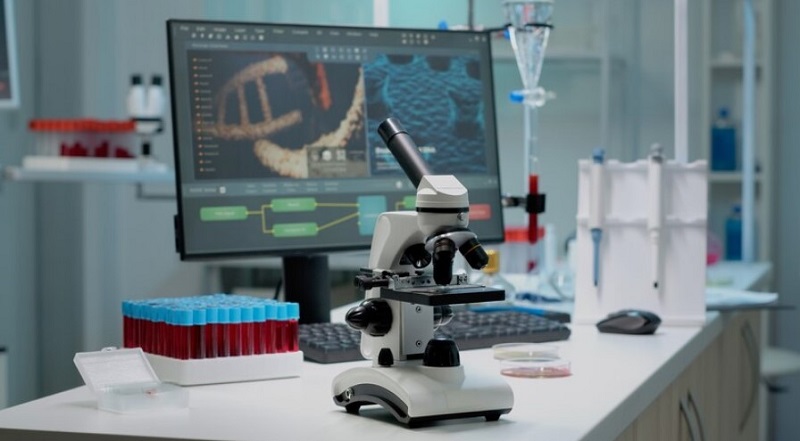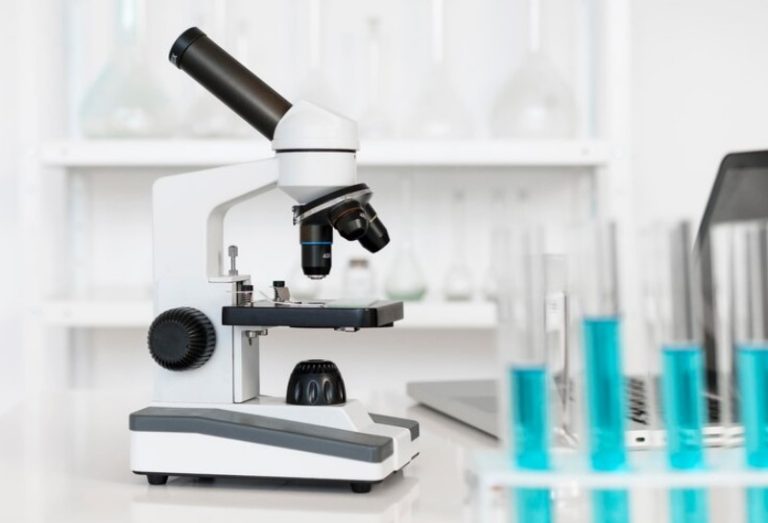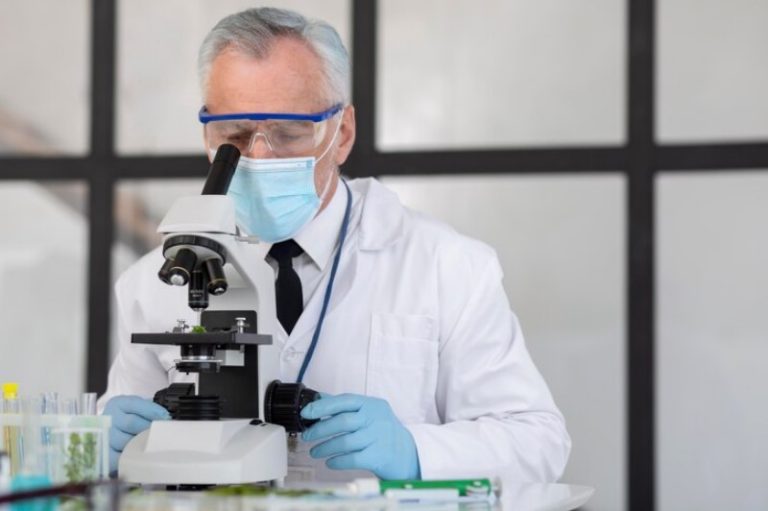Microbiology, the branch of science devoted to the study of microorganisms, relies heavily on the use of microscopes to unravel the mysteries of the microbial world. Microscopes serve as indispensable tools that enable scientists to observe and analyze microorganisms at a level of detail that is essential for understanding their structures, functions, and interactions. With the ability to magnify the microscopic world, microscopes open up a realm of exploration, allowing microbiologists to investigate the diverse array of bacteria, fungi, viruses, and protozoa that exist.
By harnessing the power of microscopy, researchers gain insights into the morphology, cellular organization, and behaviors of microorganisms, shedding light on their roles in health, disease, ecology, and countless other areas. The use of microscopes in microbiology is not only instrumental in identifying and characterizing microorganisms but also in advancing our understanding of their complexities and unlocking the potential for future discoveries and applications.
Use of Microscope in Microbiology
Microscopes are indispensable tools in microbiology, enabling scientists to study microorganisms and delve into the fascinating world of microbes. Here are some key applications of microscopes in microbiology:
- Microbial Observation: Microscopes allow microbiologists to visualize and examine microorganisms such as bacteria, fungi, viruses, and protozoa. By magnifying the image, microscopes reveal the morphology, size, and arrangement of these organisms, aiding in their identification and classification.
- Cell Structure Analysis: Microscopes help in studying the cellular structures of microorganisms. They allow scientists to observe the internal components of cells, such as the cell wall, plasma membrane, cytoplasm, organelles, and inclusions. This provides valuable insights into the organization and functioning of microbial cells.
- Microbial Diversity and Classification: Microscopes are essential for studying the diversity of microorganisms and classifying them into different taxonomic groups. Microbial samples can be examined under a microscope to identify distinct characteristics and compare them with existing classification systems.
- Study of Microbial Interactions: Microscopes enable researchers to investigate the interactions between microorganisms, such as symbiotic relationships, predation, and competition. These observations contribute to a better understanding of microbial ecology and the roles microorganisms play in various ecosystems.
- Microbial Pathology: Microscopes play a vital role in the field of medical microbiology by facilitating the identification and characterization of pathogenic microorganisms. Microbiologists can examine clinical samples, such as blood, sputum, or tissue samples, under a microscope to detect and identify disease-causing microbes.
- Microscopic Techniques: Microscopy techniques like phase-contrast microscopy, dark-field microscopy, and fluorescence microscopy provide additional tools to enhance the visualization and analysis of microorganisms. These techniques enable researchers to study specific cellular structures, metabolic processes, or the presence of specific molecules within microorganisms.

In summary, microscopes are indispensable in microbiology, enabling scientists to observe, study, and understand microorganisms at the cellular and molecular levels. They contribute to advancements in microbial taxonomy, pathogenesis, environmental microbiology, and the development of diagnostics and therapeutics.
Conclusion
In conclusion, the microscope stands as an indispensable tool in the field of microbiology, enabling scientists to explore and unravel the hidden world of microorganisms. Its significance lies in its ability to magnify and reveal the intricate details of bacteria, fungi, viruses, and protozoa, allowing for a deeper understanding of their structures, functions, and behaviors. The microscope has played a crucial role in microbial identification, classification, and characterization, aiding in the study of microbial diversity and ecology.
Moreover, it has been instrumental in investigating the pathogenesis of infectious diseases, developing diagnostics, and exploring the interactions between microorganisms and their environments. From basic research to applied fields such as medicine, agriculture, and biotechnology, microscopes have been invaluable in advancing our knowledge and facilitating breakthroughs in microbiology. As technology continues to advance, the microscope will undoubtedly continue to be an essential tool, propelling the field of microbiology forward and uncovering new frontiers in our understanding of the microbial world.



